This is a guest post from Ian Hamilton, a 2019 SUNY Oswego graduate with a Broadcasting and Mass Communication degree. He was in the Spring 2019 “US National Parks Through Media” course.
Preservation. Extending the life of an object, place, or living creature so that it can influence the next generation. An idea that drives our national park system but seems to fall short on its promise all too often. There have been organizations within and outside our government who have taken strides to preserve the unique history that each park has to offer, such as the National Park Service (NPS), the National Park Trust (NPT), and the National Parks Conservation Association (NPCA). However, obstacles such as funding, natural disasters like wildfires, and annual increases in visitation are constant problems that have yet to be solved and the issues are only worsening as the years progress. Activists and environmentalists alike are seeing the effects that increased visitation and an ever-changing climate are having on the United States’ national parks and some would even go so far as to say, “we are loving the parks to death.” I tend to agree with these statements as there continues to be evidence of degradation in every park, whether it be big or small. Parks work to preserve or at the very least conserve the land and species while simultaneously encouraging more visitors which would therefore disrupt the fragile ecosystems and costing more money to maintain. Ironic how that works, I know.
So, let’s start with the oldest of the organizations, The National Park Service. “The actual National Park Service that the United States has was founded on August 25th, 1916 former President Woodrow Wilson. However, Yellowstone National Park came to a national park out of territories in Wyoming and Montana on March 1st of 1872 under the presidency of Ulysses S. Grant” (National Park Service, 2018). The NPS is part of the United States Department of Interior that places a large emphasis on historic preservation, and The National Park Service considers the National Historic Preservation Act “the nation’s most important advocate for the past”

***Photo depicts the National Historic Preservation Act being signed into law by President Lyndon B. Johnson in 1966. *** Photo courtesy of The Old House Life.com
Under this legislation, “Congress made the Federal Government a full partner and leader in historic preservation. The government, being led by the NPS would provide funding assistance, basic technical knowledge and tools, and broad national perspective on America’s heritage” (Bowers, 2018). The NPS works to be effective by bringing in “archaeologists, architects, curators, historians, landscape architects, and cultural resource professionals to all work within the NPS to carry out historic preservation” (National Park Service, 2019). When designating historic sites, the NPS documenting said sites through written, photographic, and oral media on venues like social media. For small parks, such as the Women’s Rights National Historical Park in Seneca Falls, NY, promotion via social media improves attendance and brings in much-needed funds to the park. For larger and more iconic parks, though, social media increases visitation and as visitation rises, so do a host of other problems: “visitation numbers continue to rise as Smoky Mountain, Grand Canyon, and Rocky Mountain National Parks received a combined increase of 311,842 visitors from 2017 to 2018” (National Park Service, 2019).
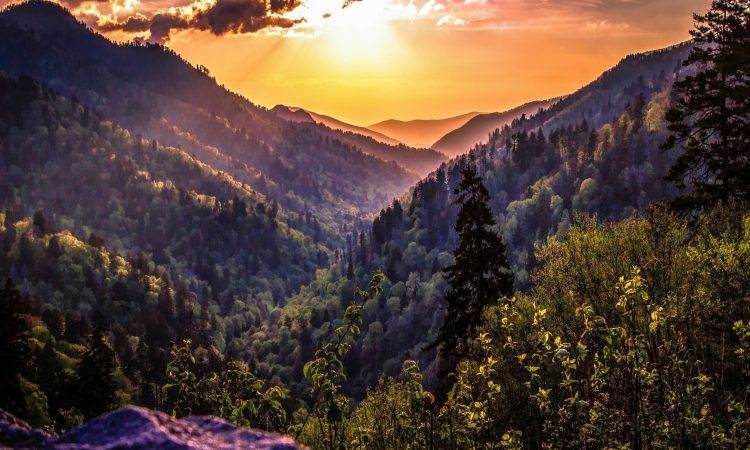
**Great Smoky Mountain National Park
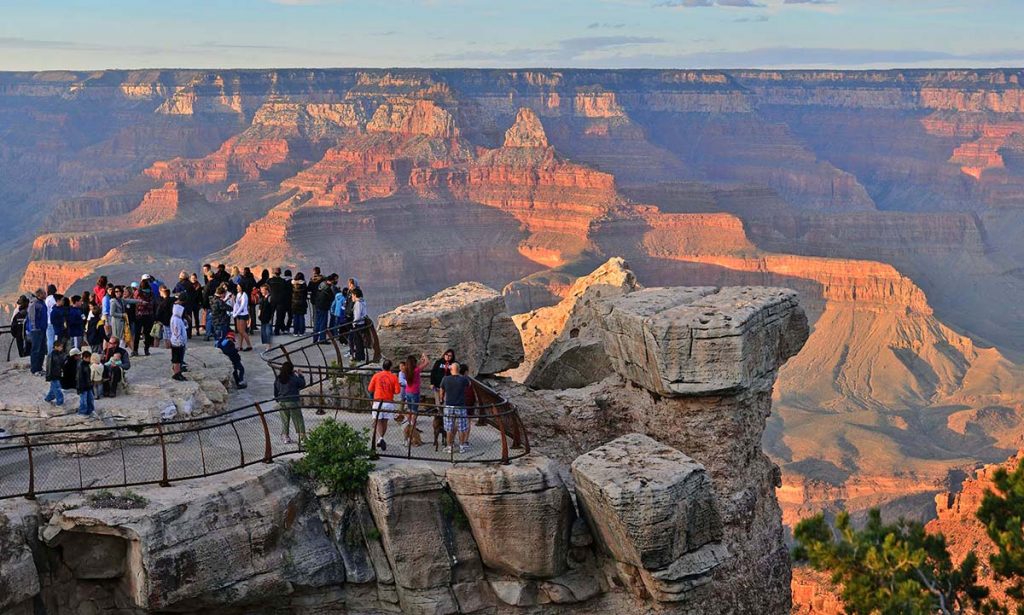
**Grand Canyon National Park
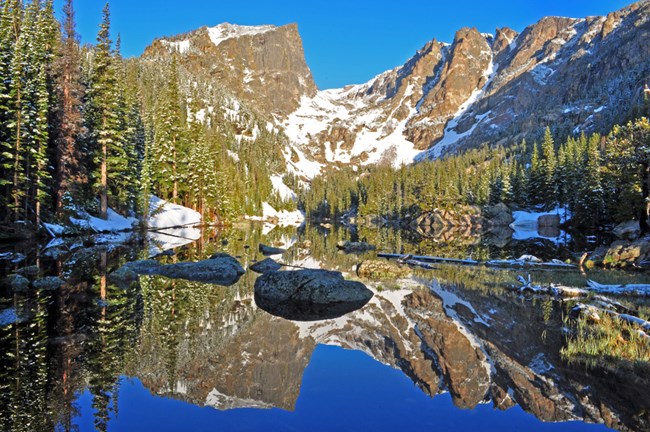
**Rocky Mountain National Park
Granted the above are three of the most popular parks in the national park system, but increased attendance indicates a growing problem with no permanent solution in play yet. Some environmentalists have suggested that limiting the number of visitors each year may reduce the problem and possibly allow for maintenance to be more manageable than it is now. Were this to happen however, parks may be stripped of their funding because the government may see it as a waste of money that could be otherwise used towards different projects.
The National Parks Conservation Association is one organization that puts its efforts into acquiring funds for its efforts from donors or sponsors rather than relying on government funding which can take awhile to be received or not come at all if something urgent arises elsewhere. The NPCA is the only independent, non-partisan membership organization devoted exclusively to advocacy on behalf of the National Parks System. The NPCA’s mission statement is “To protect and enhance the America’s National Parks System for present and future generations.” Coincidentally, one of the founders is Stephen Mather who played a large role in the creation of the NPS as well as Robert Sterling Yard who was an American writer and wilderness activist in the early part of the 20th century.

**Photo of Stephen Mather courtesy of Wikipedia
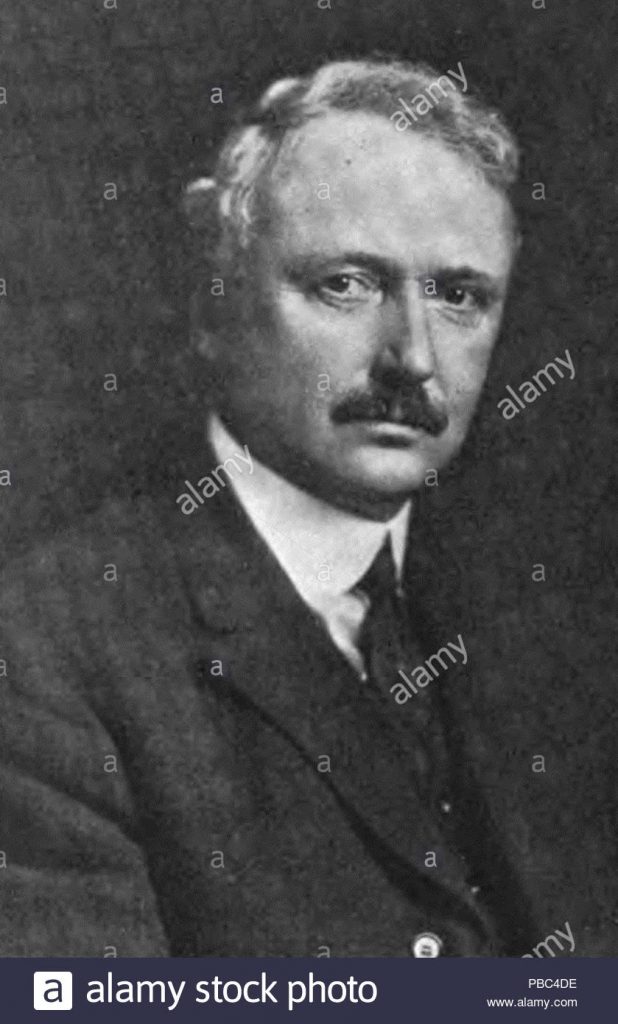
**Photo of Robert Sterling Yard courtesy of Alamy Stock Photos
National parks often are linked with writers who become activists in their own right by giving the average viewer some insight into the “wilderness” that these parks play host to. Whether these authors had a positive or negative experience is told through their morals and how they view the park’s progress and modern adjustments. A strong negative viewpoint can be seen in Edward Abbey’s book Desert Solitaire about his time working in Arches National Monument and its race to modernize roadways and expand to allow for increased visitation.
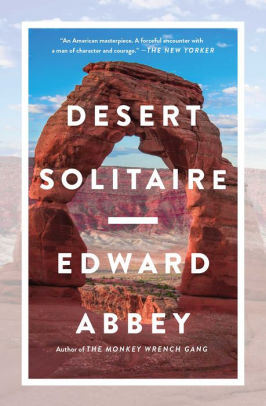
**Photo courtesy of Barnes & Noble
Abbey despised the change as he saw right before his eyes, his home, his sanctuary if you will, taken right from under his own feet. To single out a single piece of construction, the main roadway was paved and widened to allow for motor vehicle access where it previously would have been impossible. In Abbey’s own words “Park Rangers’ daily routines and places of solemn were no more. They were replaced by buildings or parking lots because of industrial tourism” (Abbey, 1968). He coined this phrase in the midst of losing his ideal place, and because he saw increased tourism as a viable threat to the beauty that national parks can hold. Abbey saw the potential for overcrowding which would cause ecological/environmental degradation years before anybody else did and we see now that he was absolutely right in the sense that his fears have been realized as main parks like Yosemite and Yellowstone have four-land roads running through the busiest parts.
Another important organization is the National Park Foundation (NPF). This body was created in 1967 by Lady Bird Johnson and Laurence Rockefeller. Lady Bird was an American socialite and First Lady to the 36th President, Lyndon B. Johnson, and Rockefeller was an American businessman and a major conservationist. To this day, NPF is the official charity of the National Park Service and its 418 sites across the country. It is not government funded but receives funds through donors and sponsors. This alternative to government help seems to be highly more effective as the NPF is currently involved in several undertakings across the country. For example, “they are investing $13 million into the Elwha River Restoration
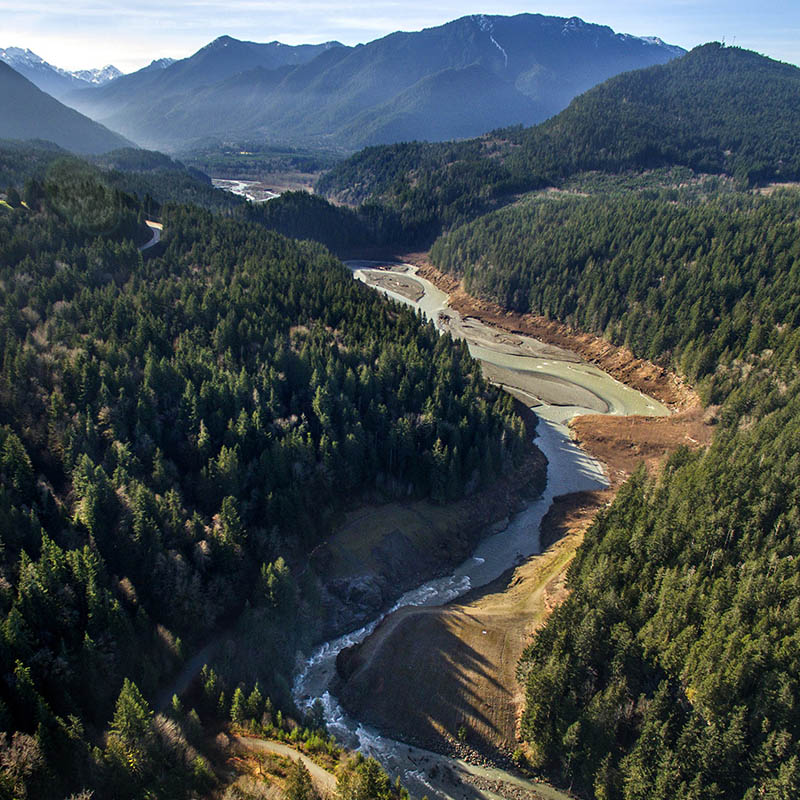
**Elwha River after restoration
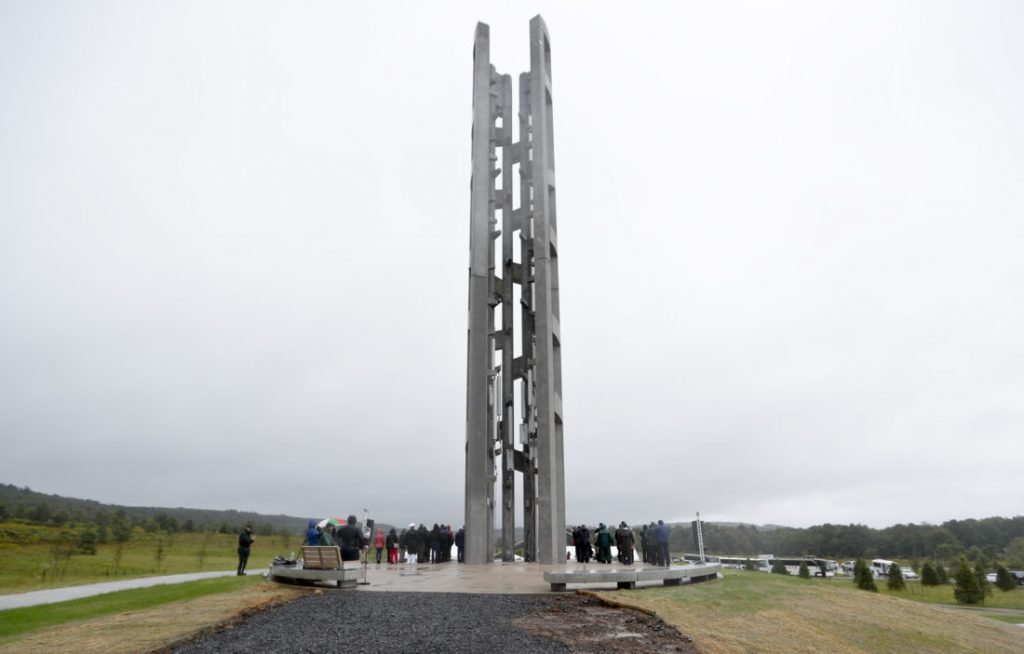
**Providing over $30 million of in support of building the Flight 93 National Memorial,

**And they have invested $67 million to restore 6,600 acres of the Everglades in Florida” (National Park Foundation).
“In the past 50 years, the National Park Foundation has helped conserve over 25,000 acres of private land” (National Park Foundation). The NPF is also not afraid to be honest with the public and its donors/sponsors as they acknowledge that the parks face many threats such as climate change and the depletion of important resources that help sustain the ecosystems across the entire U.S. And to be straightforward, I am not saying others aren’t honest, but I think the fact that the NPF doesn’t rely solely on the U.S. government for funding frees them from gag orders and restricted messaging imposed by the government. The NPF possesses the ability to enact real change and much faster than perhaps the National Park Service itself which is entirely a government entity beholden to an agenda.
Finally, The National Park Trust (NPT) is a not-for-profit organization created in 1983 that focuses its efforts on mitigating damage caused by violating The Clean Water and Clean Air Act and ideally produce long-term benefits such as the parks remaining healthy and open for the public to enjoy. I believe that the environmental health of each individual park is more important than human enjoyment as these 419 national parks provide a place of refuge, education, and leisure away from the looming pressures of our fast-paced society.
Another main emphasis of the NPT is to encourage youth involvement through various programs such as the Buddy Bison Program. It was established in 2009 and it serves over 6,000 kids annually. Its hope is that through youth involvement and encouraging health and wellness in the parks they might create future rangers, stewards, and conservationists” (National Park Trust, no creation or modification date). It remains to be seen how successful this program will be at actually funneling children into future park employees and conservationists.
As my thoughts on this matter come to a close, I hope all of my readers will understand that in order to maintain these parks for another 100 years, serious change needs to be enacted and fast. A closing question for readers is: as climate change and other forces alter our natural world, especially within the parks, what role will preservation be able to play and how successful will preservation efforts be in maintaining our parks for the long-term?
***Sources:
National Park Service, “The National Park Service and Historic Preservation”, Last modified December 2, 2018. Accessed April 22, 2019. https://www.nps.gov/subjects/historicpreservation/index.htm
National Park Service, “Visitation Numbers”, Last modified March 6, 2019. Accessed April 22, 2019. https://www.nps.gov/aboutus/visitation-numbers.htm
Abbey, Edward. Desert Solitaire. United States: McGraw-Hill, 1968.
National Park Foundation, “Programs That Protect”, No modification date. Accessed April 23, 2019. https://www.nationalparks.org/our-work/programs/programs-protect
National Park Trust, “Park Preservation- Preserving Parks Today”, No modification date. Accessed April 23, 2019. https://www.parktrust.org/park-preservation/?gclid=EAIaIQobChMIlLeX0JPQ4QIVnrbACh3A0gnWEAAYAiAAEgKPDPD_BwE
Bowers, Michelle. Preservation Education: The National Historic Preservation Act: What is it and what did it do? 2018.
***Photos:

